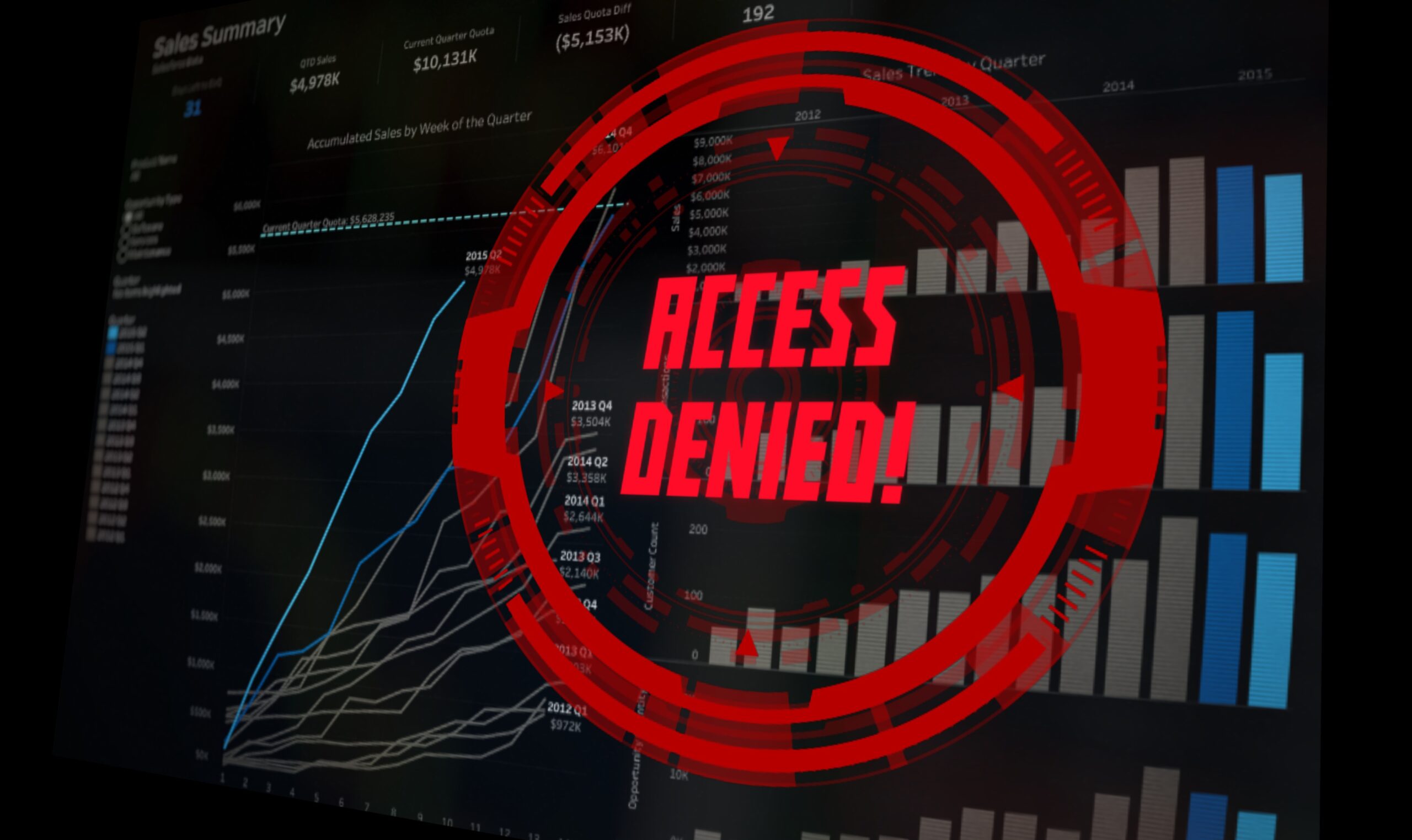New government initiative to send SMS warnings picks core supplier
Credit: Pxhere
A multimillion deal has been signed with a technology supplier to support the soon-to-launch government service to send SMS text alerts warning citizens of imminent emergencies that may endanger their safety.
Slated to launch this month, the system is intended to alert the public to extreme weather – including storms, floods, or severe heat – and public-health emergencies affecting their area. Public bodies involved in emergency response will be able to send alerts, including government departments, the emergency services, and the Met Office.
The service is supported by the UK’s four mobile-network operators – O2, Vodafone, EE, and Three – and will use local mobile phone masts to send messages to everyone in range at the time the alert is issued.
At the start of this week, the Government Digital Service entered into an initial one-year contract with Fujitsu, which “will be responsible for all the technical delivery, design iterations and 24/7 operational support” of the alerts system. The deal will worth at least £1m to the tech firm and, if it runs to its full three-year term, a total of £5m may ultimately be spent.
Fujitsu previously fulfilled a one-year £665,000 contract covering project-management and support services during the development of the alerts service, which has been in the works since 2018 and was tested in several parts of England last year before its imminent nationwide launch was announced in August – in a week where significant portions of the country had been issued with official warnings about first extreme hear, and then storms and flooding.
According to the text of the newly awarded deal, the IT company will provide GDS with the bulk of a “blended, agile multidisciplinary team”, who will be joined and led by “two permanent civil servants who will provide the strategic direction and will be responsible for the prioritisation decisions for the service”.
Related content
- Met Office and Microsoft’s £1bn machine to be ‘world’s most powerful weather computer’
- Work begins on online platform for government’s ‘Civilian Reserve’ to support future crisis response
- Met Office seeks chief information security officer
This team will be responsible for managing the infrastructure that underpins the system, as well as the online GOV.UK pages providing the public with updates on live alerts and information on the overall operation of the service. Support will be required around the clock, and users – including public bodies and mobile operators – must be able to raise issues at any time, the contract said.
Fujitsu will be expected to monitor and maintain service-performance and security levels, as well as ensuing compliance with data-protection law.
The supplier will also take on responsibility for supporting the “designing, testing and implementing [of] ongoing improvements to the technical infrastructure and user interface to continue to meet user needs”
Likely additional functionality elements include: “improving alerting and monitoring on the system; adding the ability to retract a previously published alert…; adding banner publishing to gov.uk/alerts; [the] ability to edit live and template messages at approval stage; the ability to select all major cities at the municipal level; the ability to apply time limits; [and] the ability to draw a circle or shape from a point”.
The commercial agreement includes a further requirement to replace GOV.UK Notify – the GDS-developed messaging platform used to support the development and public testing the alerts system – with another tool. Any parts of the service currently run from the soon-to-be-decommissioned GOV.UK Platform as a Service hosting environment will also need to be moved elsewhere.
The contract calls for the swift creation and implementation of a disaster-recovery plan, and “regular software updates [and] security patches” throughout the lifespan of the deal.
Contractors provided by the tech company will also participate in drills – led by government’s emergency-coordination COBR unit – to practice how to respond if a “rogue message… is sent accidentally or maliciously”.
Such an exercise may consider lessons that could be learned from the US government’s Emergency Alert System which, during a testing exercise in 2018, was erroneously used by an official in Hawaii to send an alert warning citizens that they should take shelter immediately as the island state was facing an imminent “ballistic missile threat”. The incident caused widespread panic and fear during the 38 minutes it took to send a second message indicating that the previous communication had been a false alarm.
The UK system will launch shortly with an initial welcome message to everyone with a phone connected to the 4G or 5G network – which the government believes comprises 85% of phone users. If they do not wish to receive further alerts, citizens will then be able to use their phone’s settings to opt out of one or more of three categories of emergency, including ‘severe’ and ‘extreme’ threats to life and property, as well as alerts related to child abductions.
The government has said that the most important updates will be sent to all available phones, regardless of whether the user has opted out.
In addition to the £5m tech support deal with Fujitsu, the government has previously signed five-year contracts with each of the four network operators. A cumulative total of about £16m will be spent via these engagements.



